In some climates, low tunnels can be an inexpensive alternative to high tunnels (aka hoophouses and cold frames) for cold-weather season extension. Low tunnels are simple protective structures consisting of wire hoops covered with polyethylene or fabric row covers. Though more labor intensive, with well-planned beds they can be assembled at very low cost.
On Tobacco Road Farm in Lebanon, Connecticut, a small farm about an hour east of Hartford, organic market growers Bryan and Anita O’Hara have more than an acre of low tunnels for extending fall vegetable production and growing a variety of baby and braising greens and other vegetables throughout the colder months. The low tunnels are removed in late spring to allow for easier field production. The O’Haras complement their low tunnels with two small 14’ and 16’ wide high tunnels used for seedling production.
The O’Haras market mixed vegetables and maple syrup cooperatively with Bryan’s father. Their stand always sells out at the two Saturday farmers markets their family attends from early May through Thanksgiving. The nearby Willimantic Food Coop, which just tripled its store area, is their other major outlet and has a standing order with them.
The O’Haras have been using these inexpensive tunnels for about 10 years, at an annual cost of about 3 cents per square foot. At first their goal was to push fall production later. Driven by strong customer demand for the good-tasting, cold weather-grown greens and their need for income, as the farm is their livelihood, they just kept on expanding their off-season production.
“We realized that these plants are winter annuals,” Bryan said. “They have disease and insect pests when we grow them out of season.”
The seeding dates for their winter and spring low tunnel crops are astonishingly late. They continue planting through the beginning of December and start up again in February. All these crops, which include lettuces, Asian greens, spinach, kales, claytonia, scallions, beets, carrots, dandelions, parsley, and arugula, are direct-seeded with an Earthway seeder. Normally, harvest continues until Christmas and then resumes in March. The mild winter of 2005-06 allowed them to harvest at intervals in January and February as well.
Production system
At Tobacco Road Farm, beds are standardized at 3 feet wide, separated by 8” wheel tracks. For this bed width, the wire hoops must be at least 80” long. The minimum hoop size is 3/16” round stock. Either steel or galvanized will do. Wire hoops are spaced 2 to 2.5 feet apart. The tunnels are covered with two layers of plastic at frost, usually in early October. In March the warming sun prompts the removal of the plastic film and its replacement with Agribon, a spun polyester row cover that breathes and lets water pass through. Both the plastic and the fabric row cover are held down with 6 mil black plastic sand bags.
Bryan buys 20’ lengths of steel wire at a local metal shop and has them chop it in thirds, precisely the length he needs. Bryan has used the same steel wire for 10 years. Chafing from surface rust only occasionally causes rips in the Agribon row cover, while also helping to stick the cover onto the hoops. Galvanized steel is much more expensive.
For ease of operation, the beds are covered in 40-foot sections. Wind makes longer sections unmanageable, and with this length of low tunnel, two people working together can cover and uncover a whole field in little time. Bryan uses two layers of cheap 1.5 mil construction grade plastic. The plastic film is cut into 50-foot lengths, which provides extra to bunch and pull tight at the ends of the 40-foot sections.
Bryan is an enthusiastic missionary for the environmental control provided by low tunnels. They prevent excess precipitation from damaging germination and ruining crops, and protect crops from wind and cold. Bryan has measured a 35 degree F gain on sunny days. The low tunnels should be vented if the outside temperature reaches about 70 degrees and opened to catch precipitation if excessively dry. In 2005 Bryan kept the beds uncovered until the extremely late first frost on October 21, a lapse he came to regret since 20” of rain that month broke all records. If the beds had been covered, the crops would not have been devastated and it would have been more possible to control chickweed with cultivation.
Irrigation is rarely required until later in winter. The plants seem to like it drier in winter, Bryan explained, noting two mechanisms that plants use to withstand cold temperatures: desiccation and mineralization of their sap to reduce their freezing point. These mechanisms make these crops extremely sweet-tasting in the winter.
In the central Connecticut climate, snow build up has not been a problem for the low tunnels. The hoops are pushed down by snow load, but pop up, pushing off the snow as soon as the sun begins melting it. Snow accumulation on the wheel tracks insulates the low tunnels, provides a windbreak, and also holds down the row cover.
For several years Bryan has been selecting Asian greens and arugula for cold hardiness. This breeding has yielded quick results, boosting winter survival from 10% to 100% in arugula just by collecting seed from plants that made it through the winter. For his first breeding experiments, Bryan seeded three adjacent beds of Mizuna, Tatsoi, and Miruba. He replanted the next year from the seed he harvested from the Mizuna mother plants which successfully overwintered. Each year he collects seed from subsequent generations of plants interbred from the three cultivars that survive the winter. The hybrid seed selected from a large gene pool produces very vigorous plants with much greater cold tolerance. He can stagger seed production by altering when he harvests for salad mix.
Chickweed is the biggest weed problem in winter low tunnel production. Before they grew year round, the O’Haras used to tolerate chickweed in their fields over the winter so now they are grappling with a huge seed bank. Seeding crops very late in the fall allows late tillage, reducing chickweed germination, and the Asian greens sown on December 2 were their cleanest overwintered crop.
Several factors, including southern exposure and wind protection, help make low tunnels feasible for impressive season extension at Tobacco Road Farm. The low tunnels at the farm are situated on a sloping, southwest facing field. Conifer windbreaks mitigate the prevailing west wind. A third environmental advantage to this site is a large damned river the size of a small lake located beyond a grove of trees next to the field.
Low-tunnel pros
At Tobacco Road Farm low tunnels have a variety of advantages:
- Low tunnels are very inexpensive and quick to install. Bryan estimated that two people could cover over an acre in two days.
- Low tunnels produce greater yields than high tunnels because they use land more efficiently.
- In the spring, low tunnels are more easily cooled than high tunnels to prevent bolting.
- Low tunnels are easily converted from plastic to cloth covers.
- Low tunnels allow farmers to manage water, protecting crops and soil from excess rain and wind. A slight slope allows water to run off the tunnels.
- Low tunnels allow farmers to grow without insect and disease pressure.
- Since low tunnels are closer to the earth, they provide more heat to the plants in the day. Bryan said they are 3 to 5 degrees F warmer than ambient temperature on cold nights, similar to their high tunnels.
- Cold growing conditions enhance the taste of the crops.
- Low tunnels convert readily for regular summer production, allowing triple cropping.
- Soil preparation and other tractor operations can be carried out in the field prior to quick installation of the low tunnels.
- As they are easily removable, low tunnels reduce soil salt build-up.
And the cons
The O’Haras also recognize that low tunnels have disadvantages, some of which are common to high tunnels as well:
- The biggest issue is that low tunnels are more labor-intensive. To hoe, harvest, or irrigate, the coverings must be removed.
- Low tunnels cannot be automated and require a lot of bending to manage the cover, causing worker discomfort.
- Low tunnels restrict access compared to high tunnels. One can’t harvest on a cold, windy day.
- Cut lettuce grown under plastic film-covered low tunnels (or high tunnels) is very delicate and wilts quickly. This is one reason to convert to a fabric covering like Agribon.
- Low tunnels provide a perfect environment for chickweed, the ultimate winter weed.
- The plastic cover on low tunnels must be vented during warm sunny late fall and winter days.
The O’Haras can be contacted at Tobacco Road Farm, 373 Tobacco Street, Lebanon, CT 06249.
Tracy Frisch was the founder of the Regional Farm & Food Project, an eastern NY-based sustainable agriculture organization known for its farmer-to-farmer workshops and networking and its local food system initiatives. She left RFFP after nine years to build her own energy-efficient, solar-powered house. Her current focus is writing while finding time to care for her land and work for social justice.

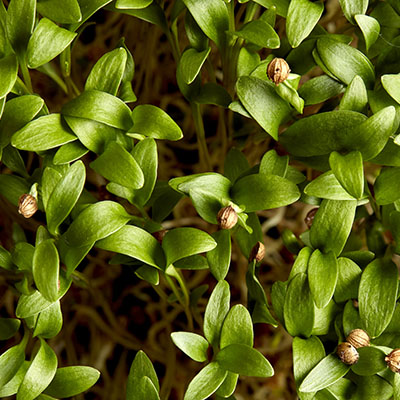

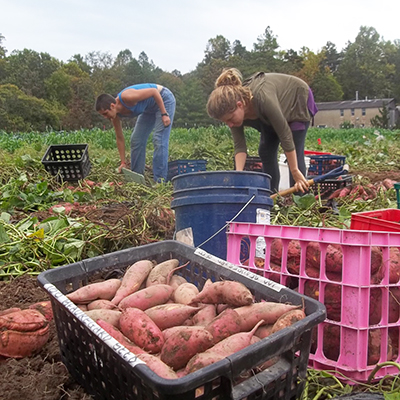
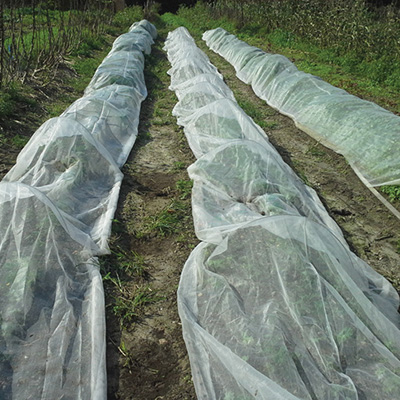
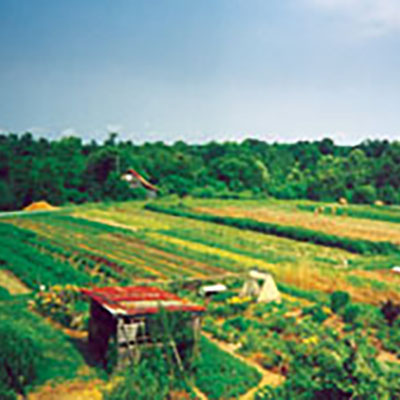


 If you’ve been a subscriber to Growing For Market (or even if you haven’t), you’re probably familiar with the many advantages of no-till agriculture. No-till methods can reduce a farm’s carbon footprint, promote complex soil biology, and preserve and build organic matter.
If you’ve been a subscriber to Growing For Market (or even if you haven’t), you’re probably familiar with the many advantages of no-till agriculture. No-till methods can reduce a farm’s carbon footprint, promote complex soil biology, and preserve and build organic matter.
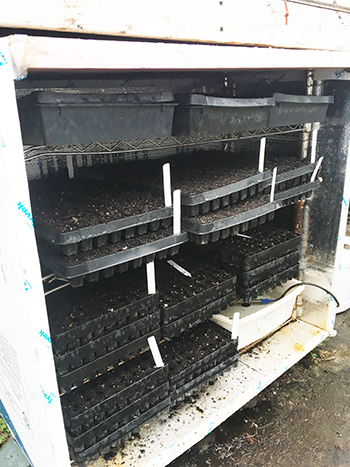 Until two years ago I was germinating all seedlings in greenhouses using almost exclusively bottom heat from electric heat mats. At my current farm we only had space for about 8-10 trays on our two mats and we definitely noticed differences in the germination (and presumably the heat the mats were providing) on the edges of our trays.
Until two years ago I was germinating all seedlings in greenhouses using almost exclusively bottom heat from electric heat mats. At my current farm we only had space for about 8-10 trays on our two mats and we definitely noticed differences in the germination (and presumably the heat the mats were providing) on the edges of our trays.
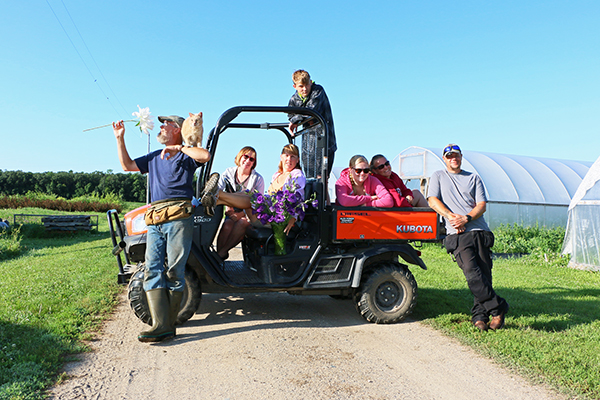 Here's a system to track all those details
Here's a system to track all those details
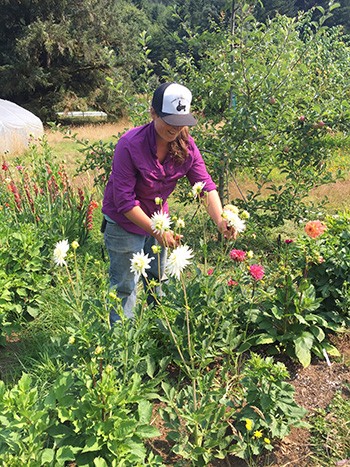
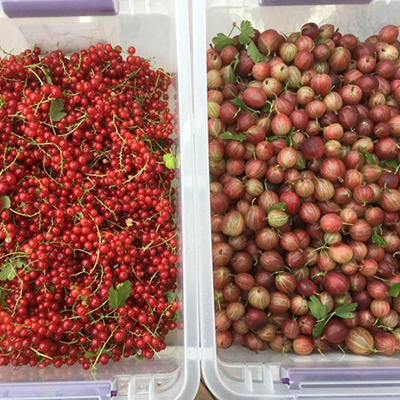

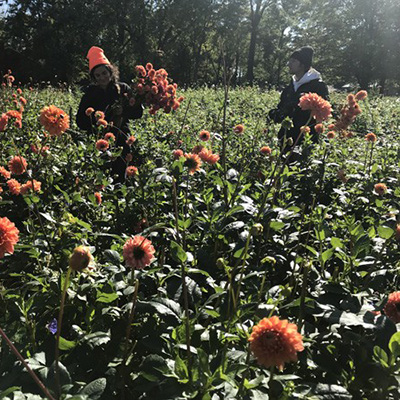
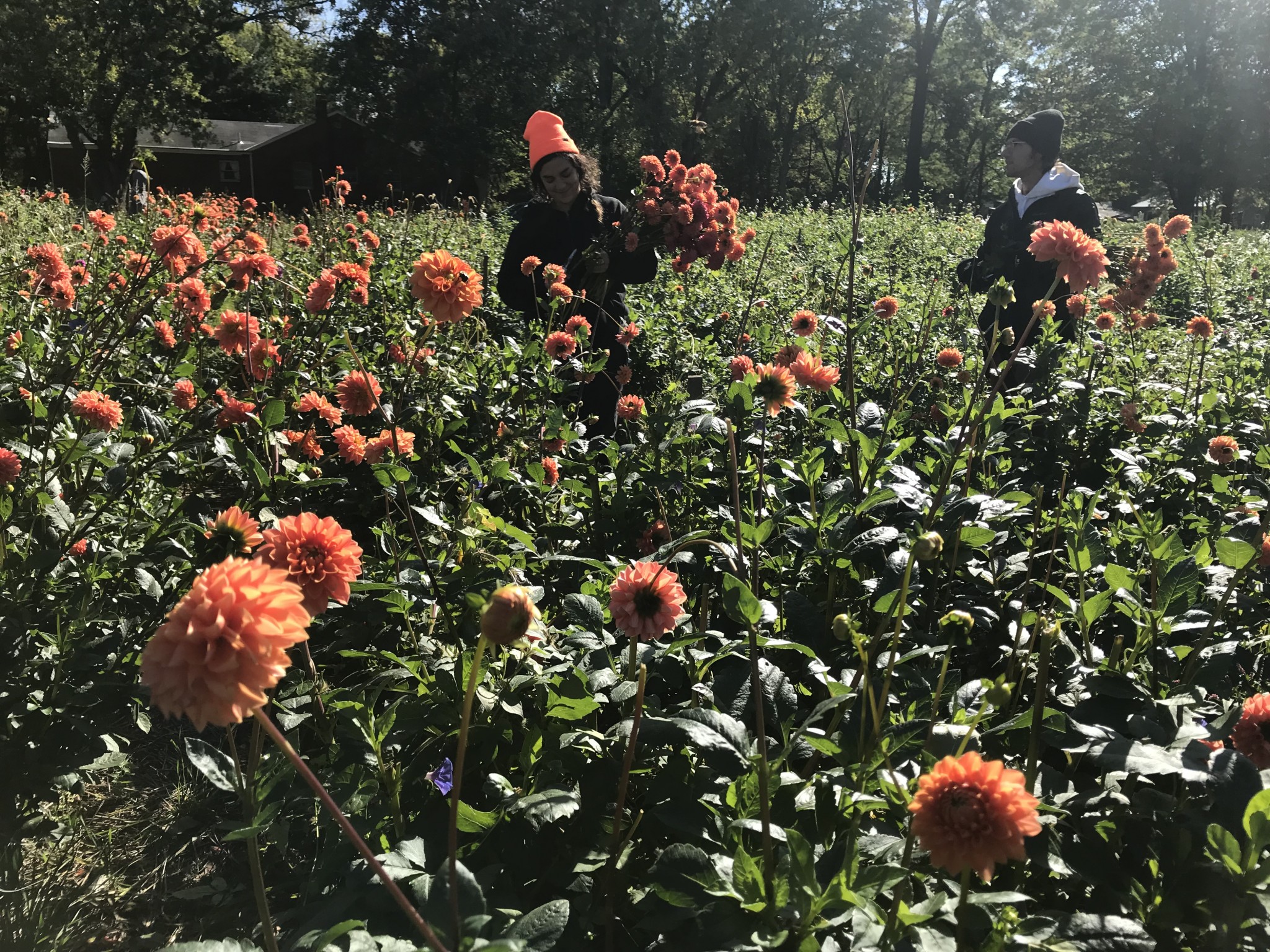 Dahlias were our number one crop this year, even beating out lisianthus and ranunculus by a landslide. We have tried many different methods of growing them, and these are the solutions we’ve come up with. I’m sure there are still better ways, and if you know of any, definitely send them our way! This year we planted 7,000 dahlias and plan to plant even more next year as we increase our growing space. Let’s just start at the beginning with planting and work our way through the whole process.
Dahlias were our number one crop this year, even beating out lisianthus and ranunculus by a landslide. We have tried many different methods of growing them, and these are the solutions we’ve come up with. I’m sure there are still better ways, and if you know of any, definitely send them our way! This year we planted 7,000 dahlias and plan to plant even more next year as we increase our growing space. Let’s just start at the beginning with planting and work our way through the whole process.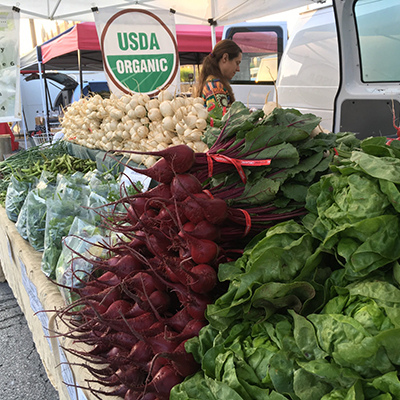
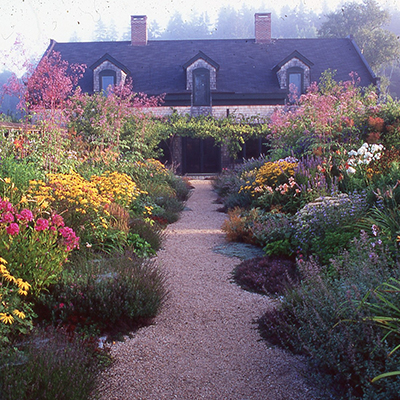
 Since its founding in 1968 by my husband Eliot Coleman, Four Season Farm has sought to produce the best vegetables possible, using soil-based organic methods, on a small amount of land. When I showed up in 1991, Eliot had begun to pioneer winter vegetable production, and I was delighted to give up the landscape design business I’d run in Connecticut and grow veggies with him. Then, about 10 years ago, flowers started to creep in.
Since its founding in 1968 by my husband Eliot Coleman, Four Season Farm has sought to produce the best vegetables possible, using soil-based organic methods, on a small amount of land. When I showed up in 1991, Eliot had begun to pioneer winter vegetable production, and I was delighted to give up the landscape design business I’d run in Connecticut and grow veggies with him. Then, about 10 years ago, flowers started to creep in.